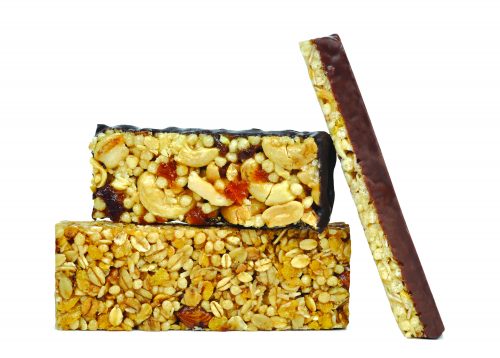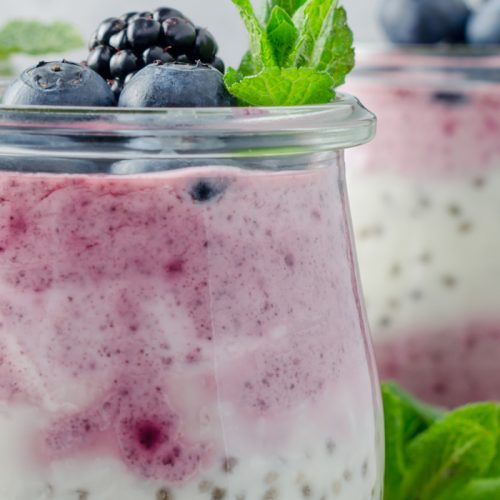
Nutritionist Brigid Chunn sifts through the heap of snack bars available to find some healthier choices.
Individually wrapped bars are a convenient snack as they are portion controlled and handy to keep in your car, pantry, work desk, bag or lunchbox. There is a wide variety of snack bars available, with most trying to convince us they are healthy and good for us. Some, however, are better than others. Some are wholesome, satisfying bars while others are more of a sweet treat to be eaten occasionally.
Types of snack bars
There are muesli or oat-based bars, wholegrain bars, nut bars, fruit and nut bars, baked bars and chocolate-based bars.
If you are after a healthy snack to keep you going between meals, we would recommend you choose a bar with 50 per cent of the ingredients being a combination of whole grains, seeds, nuts and fruits. These will provide some fibre and good fats with the fruit providing the sweetness. If you are after a sweet treat, look for a low- kilojoule bar and keep to an occasional treat.
Is it a snack?
Not all bars are a snack. The One Square Meal bar is exactly that — a meal. The bar is 2900kJ which is about one-third of the energy requirement of an average day. (Note: the bar is different to the smaller One Square Meal Bites.) A Bumper Bar (Raspberry White Chocolate) has around 1500kJ and 13g saturated fat, which is more than half the recommended daily upper intake for saturated fat in an 8700kJ day. It’s always important to read the nutrition information panel.
Energy
The energy in a bar is not only affected by the ingredients but the size of the bar so the kilojoules in different bars vary widely. If you are watching your weight, choose a snack bar with 600kJ or less. Bars containing nuts and seeds may be higher in energy as nuts and seeds are about 50 per cent fat (mainly good fats). These bars are a good choice for those needing a higher-energy snack.
Saturated fat
New Zealanders get more than enough saturated fat in their diet. We know that too much saturated fat is not good for heart health. The latest nutrition survey showed saturated fat accounted for 13 per cent of our kilojoules. This is much higher than the 10 per cent recommendation from the Ministry of Health, and the Heart Foundation advises even less at eight per cent. We recommend choosing a snack bar with 2g or less saturated fat per bar.
Sugars
Dried fruit adds not only sugars but also fibre whereas added sugars provide energy and that’s about it. We recommend choosing a snack bar with 10g or less of sugar per bar.
Fibre
Fibre is important not only for our bowel health but for general health and well-being. Higher- fibre diets are linked with lower risk of developing diabetes, heart disease and some cancers. On average, we don’t get as much as we need for optimal health. Fibre also helps to keep us feeling satisfied for longer by slowing down the rate of digestion. Bars containing more than 50 per cent whole grains, seeds, nuts and fruit will be naturally higher in fibre. We recommend choosing a bar with 1.5g or more fibre.
Know what you’re buying
Some snack bars are more like treats than others. Think of them as you would a biscuit.
- Mother Earth Baked Oaty Slice Kiwi Classics — Afghan bar (40g)
736kJ, 4.4g sat fat, 11g sugar
- Two chocolate-chip cookies
512kJ, 2.5g sat fat, 10g sugar
www.healthyfood.com










